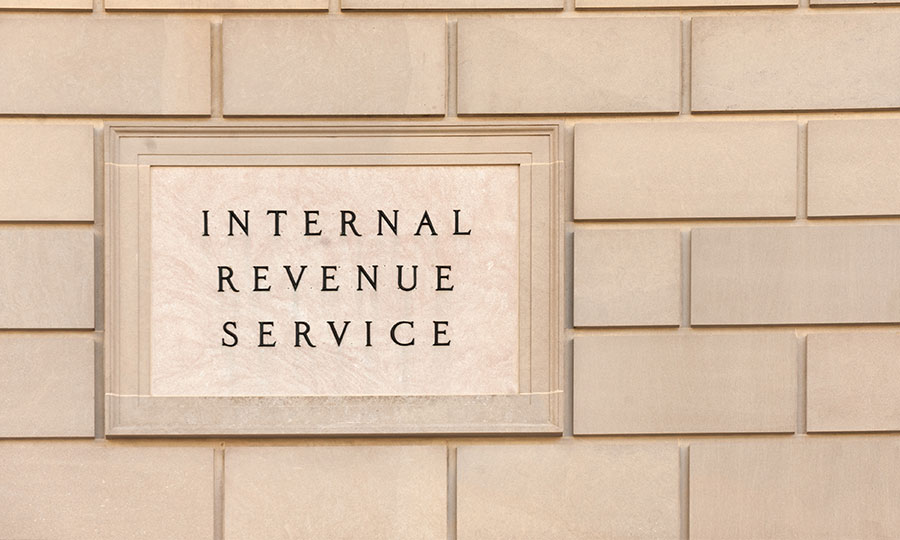If you’ve ever tried reaching the IRS by phone, you’re familiar with the seemingly endless wait times and multiple transfers that often lead to frustration. Now, imagine trying to negotiate your tax debt under these conditions—without a clear understanding of your options.
The process can feel like an uphill battle, making it even more challenging to resolve your tax issues. That’s why it’s so important to be informed about all of the different ways in which you can negotiate with the IRS.
In this article, we’ll break down the most common methods for settling tax debts and offer guidance on how to navigate this complex process more effectively (and with the right help).
IRS Negotiation Options
1. Installment Agreements
An installment agreement allows you to pay your tax debt in manageable monthly payments rather than in one lump sum. This option is suitable if you can’t pay your tax bill in full but can afford to make regular payments.
- How It Works: You propose a monthly payment amount that fits your budget, and the IRS will review your financial situation to determine if it’s acceptable. If approved, you’ll enter into a formal agreement and make monthly payments until your debt is fully paid off.
- Pros: This option prevents the IRS from taking collection actions such as garnishing wages or levying bank accounts.
- Cons: Interest and penalties continue to accrue on the unpaid balance, which can increase the total amount you owe over time.
2. Offer in Compromise (OIC)
An Offer in Compromise is an agreement between you and the IRS that allows you to settle your tax debt for less than the full amount owed. It’s designed for people who can’t pay their debt in full and can demonstrate they’ve been through financial hardship.
- How It Works: You submit a proposal to the IRS outlining how much you can afford to pay and why you believe this amount should be accepted as a full settlement. The IRS will then review your documentation and financial situation to determine if your offer is reasonable.
- Pros: If accepted, you’ll pay less than what you owe, and the debt will be resolved. This option can significantly reduce your tax liability.
- Cons: The process can be lengthy and complicated, and not all offers are accepted. Additionally, you’ll need to meet strict eligibility requirements, and there’s a hefty non-refundable application fee.
3. Currently Not Collectible (CNC) Status
If you’re experiencing severe financial hardship and can’t make any payments toward your tax debt, you might qualify for Currently Not Collectible status. This status temporarily halts IRS collection actions.
- How It Works: You provide documentation to the IRS showing that you’re unable to pay your debt due to financial difficulties. The IRS will review your situation and may place your account in CNC status, which means they won’t pursue collection actions against you while you’re unable to pay.
- Pros: This option provides temporary relief from IRS collection actions, such as wage garnishments and bank levies.
- Cons: Interest and penalties will still continue to accrue, and the IRS may keep a close watch on your financial situation to determine if your status should be continued or changed.
4. Penalty Abatement
If you’ve been hit with penalties for late payments or non-filing, you might be able to request a penalty abatement. This means you can ask the IRS to reduce or remove your penalties based on reasonable cause.
- How It Works: You must demonstrate to the IRS that your failure to pay or file on time was due to circumstances beyond your control, such as a serious illness or natural disaster. If the IRS finds your reasons valid, they may reduce or eliminate the penalties.
- Pros: Reducing or removing penalties can lower your overall tax liability.
- Cons: You’ll still be responsible for paying the original tax debt and any accrued interest.
Tips for Successfully Negotiating with the IRS
1. Gather Your Financial Information: Before negotiating with the IRS, make sure you have a crystal clear understanding of your financial situation, including documentation to back up your income, expenses, and all of your assets. This will help you present a realistic proposal.
2. Be Honest and Accurate: Provide accurate information to the IRS to avoid complications. Misrepresenting yourself or the facts can lead to delays, rejections, or even additional penalties.
3. Consider Professional Help: Tax relief professionals like the ones at PJN Tax Solutions are a valuable resource and can assist you in negotiating with the IRS. They have experience in handling tax debt and can help walk you through every step of the complicated process.
4. Stay in Communication: If you’ve entered into an agreement with the IRS, keep up with your payment schedule and communicate if you encounter any issues. Maintaining a positive relationship with the IRS can only help prevent further complications.
5. Review Your Options Regularly: Your financial situation may change over time, so it’s important to keep up to date with your tax relief options and adjust your strategy as needed.
If you’re struggling with tax debt and need help negotiating with the IRS, reach out to us. We will assess your situation, help you choose the best resolution option, and work on your behalf to achieve the best possible outcome.
Remember, addressing tax debt sooner rather than later can help you avoid additional penalties and interest and provide you with a clearer path to financial stability. If you’re ready to explore your options for settling tax debts with the IRS, contact our team today for a free, no-obligation consultation.

